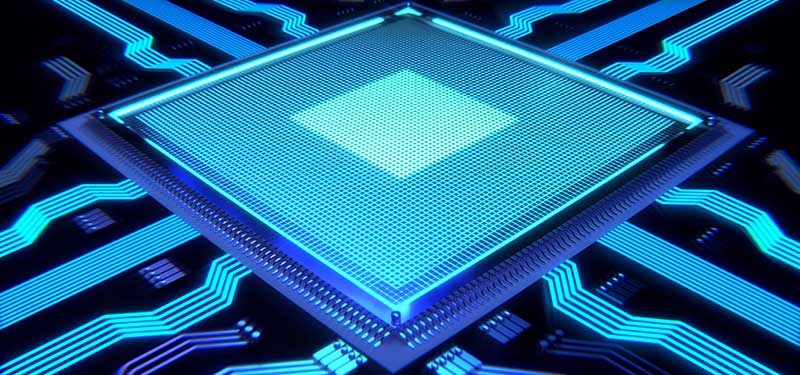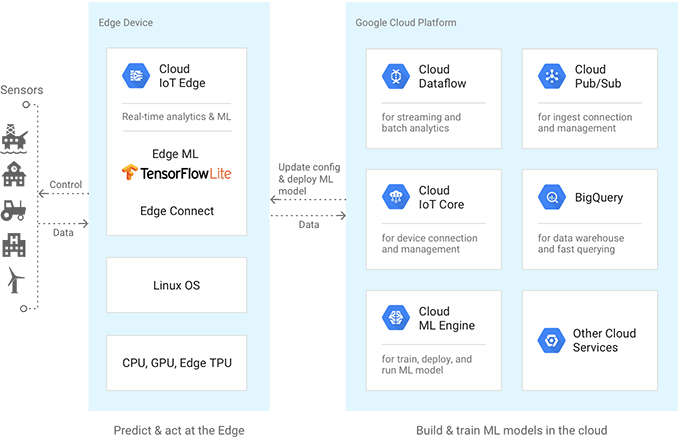
Together with growth of IoT devices we’re experiencing significant growth of gathered data (or even an IoT data deluge). The main challenge here is loss of data value when it can’t be analyzed fast enough. How to solve this? By moving computing and processing from centralized servers to the source – to devices gathering this data. That process is called Edge Computing and those devices are called Edge Devices.
So far the role of remote device has mostly been to ingest, store and send data to cloud systems. However, today Edge Computing is about consuming and processing data at the machine location – in other words Edge is focused on devices that are attached to the “IoT things”. General idea behind is to process data locally on the Edge Device and produce the outcome there.
Best example – video footage. Imagine what bandwidth is needed to stream HD video, how long it takes, how big your storage should be to accommodate it, how long it takes to process it and what’s the delay of important information which comes from it. Let’s move to the Edge – now we can analyze video streaming from camera in real time on the device somewhere there and deliver only important information.
What are key drivers of Edge Computing?
We’ve already mentioned one – growing volume of data from devices/environments/markets etc. There are more reasons to perform computing in the Edge:
- reducing costs of transferring data to the cloud
- reducing reaction time, perform immediate analysis (e.g. in the field)
- cyber Security – avoid sending and storing raw data in the cloud
- access to temporal data for real-time analytics
- ability to operate even without connection to the cloud.
The bottom line is to reduce latency and increase reliability by moving intelligence out of the central cloud.
Bringing Edge to life – practical applications
Let’s take a look at some examples:
Monitoring of parking lots – is it really necessary to have each and every frame from surveillance camera? Or just information how many cars are there? Compare hours long video footage to information like: 23 cars on a parking lot.
Another example might be recognition of special road signs informing about bypasses. There’s more – Edge is actually essential for autonomous vehicles as it enables intelligent technologies like collision avoidance.
Here’s more – predictive maintenance in manufacturing. By bringing data processing closer to the source the assets can detect anomalies in high-velocity assembly lines based on what’s going on in the factory. As a result early warnings are provided, enabling you to get ahead of the problem.
Retail – moving to the edge, and hence staying close to the customer, enables delivery of hyper-personalized product recommendations, offers, and communications based on in-store shopper behaviors.
Tools for the job – Google Cloud enabling Edge Computing
This year Google announced two important components – software and hardware – which empowers Edge Devices.

First one is Cloud IoT Edge. This is a software component that extends Google Cloud’s data processing and machine learning to billions of edge devices, such as robotic arms, wind turbines, and oil rigs, so they can act on the data from their sensors in real time and predict outcomes locally. Cloud IoT Edge can run on Linux-based operating systems.
How Cloud IoT Edge works

Second one is Edge TPU chip. It’s Google’s purpose-built hardware component that can enrich your devices by running AI at the Edge. It delivers high performance with a small physical footprint, as you can see below. It is also optimized for low energy consumption. But it’s not only hardware solution. It combines custom hardware and open software giving you the state-of-the-art AI algorithms to provide high-quality, easy to deploy AI solutions for the Edge.

Edge TPU













